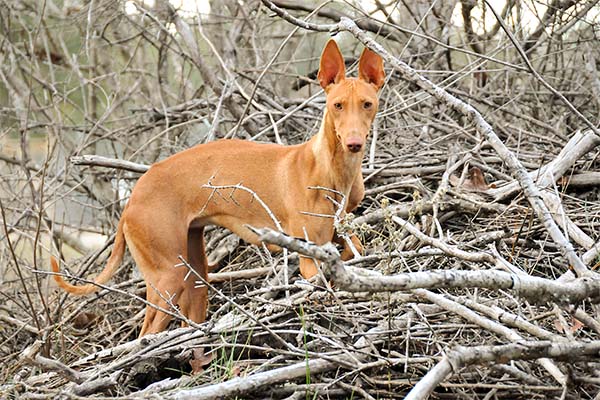The sleek and sinewy Cirneco dell’Etna, the ancient coursing hound of Sicily, is an athletic hunter given to quick bursts of speed. As house dogs, Cirnechi is mild, low-maintenance companions cherished for their loyal and gentle nature. Standing under 20 inches, the Cirneco (‘cheer-NEK-o’; Cirnechi is the plural) is often described as resembling a smaller version of the Pharaoh Hound, its cousin from the island of Malta. This slender but rugged hunter’s coat ranges from light to dark tan or chestnut. The large, upright ears point up to the alert expression of the eyes, whose amber or ochre color smartly complements the coat.
These slim and lanky Sicilians are, in many ways, your classic sighthounds: friendly, self-reliant, and, of course, incredibly quick. However, compared to the typical sighthound, it is stated that Cirnechi is a little easier to train. These life remains from antiquity have leaped into the 21st century largely unaltered by changing fashions and tastes.




 Health
Health Grooming
Grooming Exercise
Exercise Training
Training Nutrition
Nutrition